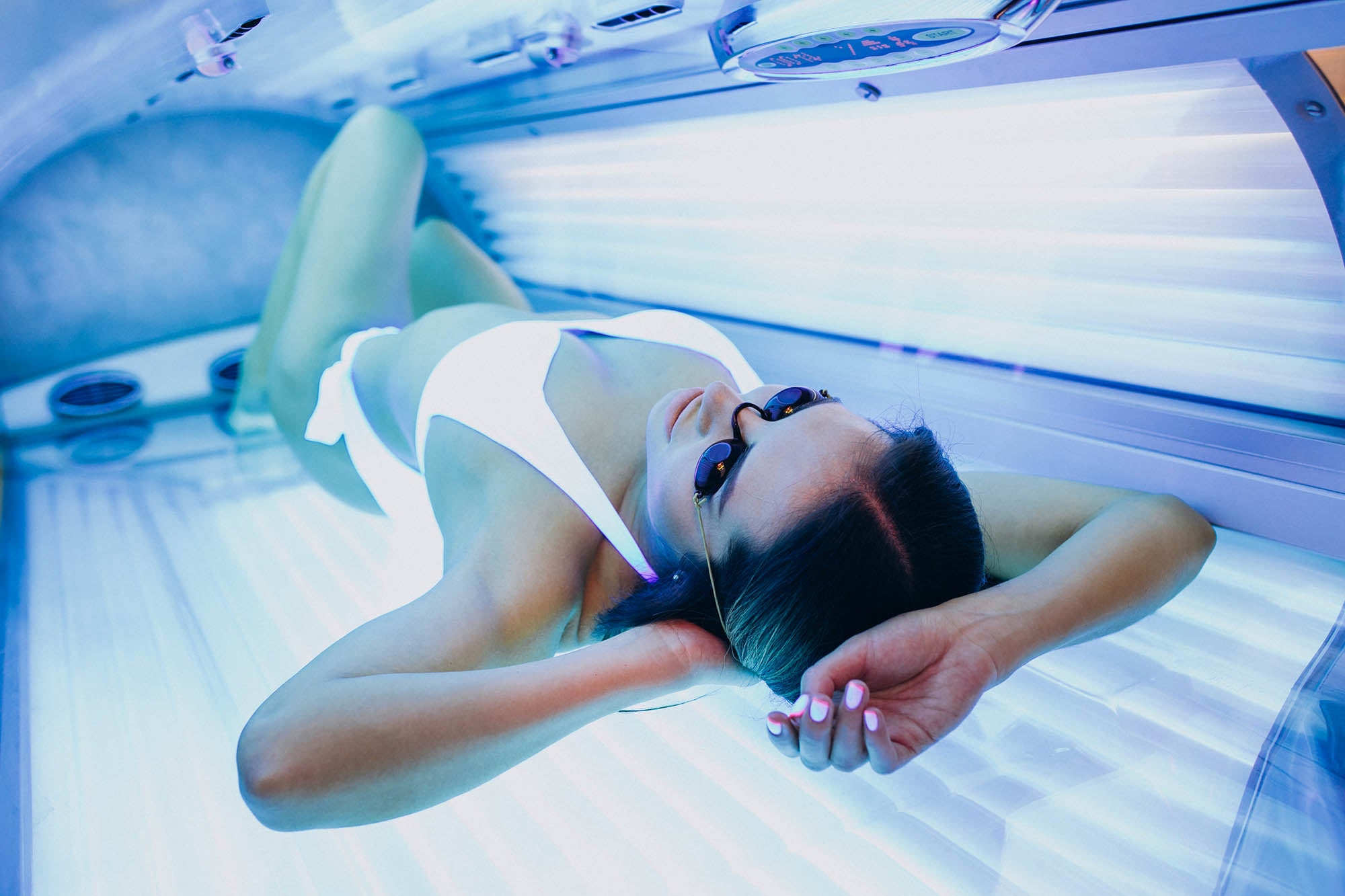
Tanning Salon Health and Safety Templates & Guidance
Pre-filled, editable health and safety templates for tanning salons, sunbed shops, and tanning studios — including risk assessments, policies, fire safety templates, COSHH documents, and more to keep your business safe, professional, and compliant.

Keep your Tanning Salon safe and compliant with our easy-to-use health and safety templates
Simplify health and safety management in your tanning salon, sunbed shop, or sun tan studio with our industry-specific templates. Whether you operate a small independent tanning studio, manage a busy high-street sunbed shop, or run a larger salon with multiple tanning booths, our editable templates make it easy to stay compliant with health and safety requirements while protecting both staff and clients from everyday risks associated with UV exposure, equipment use, and salon operations.
Many templates come pre-filled with detailed, tanning salon–specific content — including risk assessments, health and safety policies, fire safety templates, COSHH documentation, accident report forms, staff safety guidance, and more. Each document is designed to save time, ensure accuracy, and simplify compliance. With our ready-to-use tools, you can focus on running your tanning business efficiently, maintaining professional standards, and providing a safe, high-quality experience for your clients.
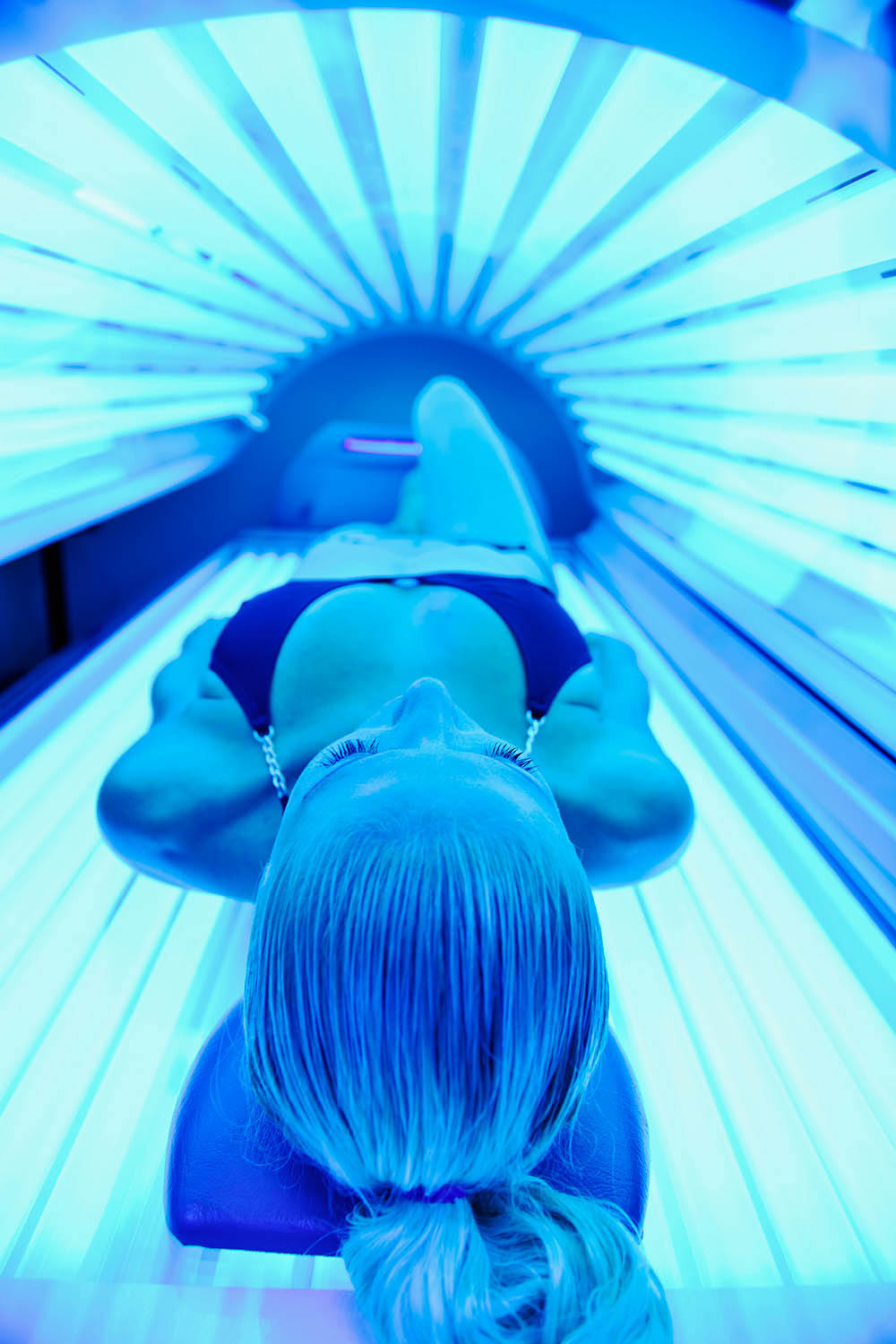
The Importance of Health and Safety for Tanning Salons:
The tanning industry has grown from a niche beauty service into a mainstream sector that serves millions of clients every year. With tanning salons, sunbed shops, and tanning studios now widely accessible, health and safety have become central to the industry’s continued success. Ensuring robust safety standards isn’t just a legal requirement — it’s essential for protecting client wellbeing, earning public trust, and securing long-term business growth.
Health Risks in Tanning
At the core of tanning services lies exposure to ultraviolet (UV) radiation. Without proper controls, this can result in serious health risks such as skin burns, premature ageing, eye damage, and, with repeated overexposure, an increased likelihood of developing skin cancer. Poor hygiene practices may also lead to the spread of skin infections or viruses through shared equipment like goggles and sunbeds. In addition, the use of cleaning chemicals and spray tan solutions can pose risks of skin irritation, allergic reactions, or respiratory issues if not managed safely.
Safeguarding the Industry’s Reputation
Health and safety failures do not just harm individuals — they can damage the reputation of the entire tanning industry. Reports of unsafe tanning practices or overexposure can create negative perceptions that extend beyond one salon. By adopting and demonstrating high health and safety standards, tanning professionals not only protect their clients but also strengthen the image and trustworthiness of tanning salons, sunbed shops, and studios as safe and professional businesses.
Professional Standards and Quality of Service
A commitment to health and safety also enhances the quality of service. Well-maintained sunbeds, clear hygiene procedures, and trained staff ensure that tanning sessions are comfortable, reliable, and safe. Just as important, a safe environment fosters professionalism and reassurance, encouraging customers to return and recommend the business to others.
Elevating Tanning in Modern Society
Ultimately, health and safety in tanning is more than regulatory compliance — it is the foundation of an industry built on trust, confidence, and customer care. By prioritising safety at every level, tanning salon owners and sunbed professionals protect their clients, safeguard their staff, and elevate the reputation of tanning as a modern, professional service.
Top 3 Health and Safety Hazards in Tanning Salons & Sunbed Shops:
-

Fire and Electrical Safety
View ProductsSunbeds and related electrical equipment carry risks of electrical faults and fire, especially if not properly maintained. These risks can be reduced by completing regular PAT testing, ensuring an EICR (Electrical Installation Condition Report) is carried out, using equipment logs, and keeping all flammable items away from heat sources. Staff should be trained in emergency procedures and equipment shutdowns.
-

Hygiene and Infection Control
View ProductsShared sunbeds, goggles, and high-touch surfaces can spread infections and viruses if not cleaned correctly between customers. Rigorous cleaning routines, the use of appropriate disinfectants, disposable or sanitised goggles, and clear hygiene policies help to protect both clients and staff. Good ventilation further reduces airborne infection risks.
-

Slips, Trips, and Falls
View ProductsLotions, cleaning sprays, or water brought in from outside can leave floors slippery, while trailing cables or clutter increase the chance of accidents. These hazards can be managed by using absorbent entrance mats, installing non-slip flooring, cleaning spillages immediately, securing cables, keeping walkways clear, and carrying out regular housekeeping checks.

Why pay expensive consultant fees when you can manage health and safety yourself?
Improve your compliance while saving time and money by creating health and safety documents, customised to your business, yourself. Our health and safety range for tanning salons and sunbed shops covers a suite of essential templates including health and safety policies, risk assessments, COSHH forms, fire safety templates, health and safety guidance, safety posters and more.
Benefits of managing health and safety yourself...
-
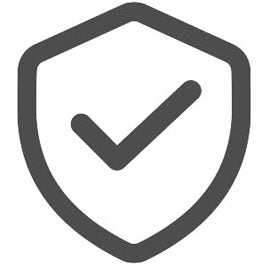
Improve safety
Health and safety at work is about preventing accidents, incidents and ill-health by assessing the work environment, the activities within it, and taking appropriate action.
-
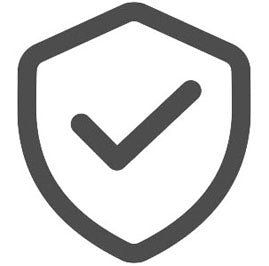
Ensure compliance
Our ready to use templates, many of which are pre-filled, will enable you to quickly increase your compliance to health and safety law.
-
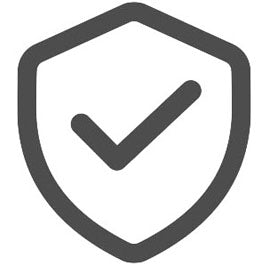
Save money
With health and safety consultants often charging upwards of £400 per day, there is a better way. Take control and save yourself time and money.
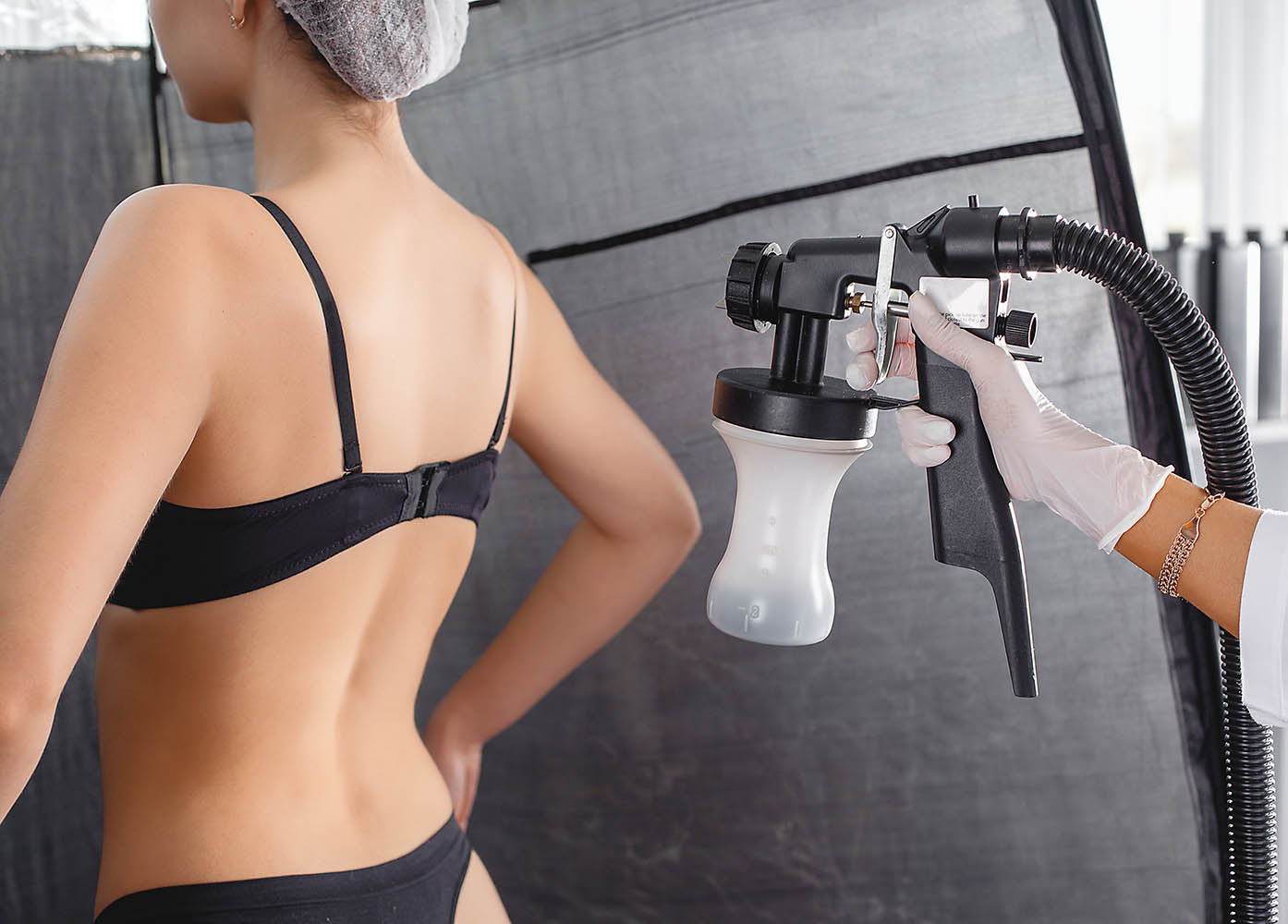
Health & Safety Compliance Solutions for Tanning Studios & Sunbed Shops
Tanning salons and sunbed shops often operate with tight budgets and limited staff time, making it difficult to give health and safety compliance the attention it deserves. While the focus is naturally on delivering a great customer experience, allocating the necessary resources to meet regulatory requirements can quickly become overwhelming.
Compliance demands in the tanning industry are extensive, covering everything from managing UV exposure risks and infection control to maintaining electrical safety, training staff, and keeping accurate records. For smaller tanning studios, where multitasking is part of daily life, staying on top of these obligations can feel like a constant uphill struggle.
At easyhealthandsafety, we make health and safety simpler by providing clear, practical, and affordable templates designed specifically for tanning salons and sunbed businesses. Our ready-to-use documents cut through complexity and save valuable time — making compliance not just manageable, but straightforward.
Frequently Asked Questions
Tanning Salon Health and Safety FAQs
How can I create a risk assessment for my tanning salon?
The easiest way to create a risk assessment for your tanning salon is to use a pre-filled template designed specifically for tanning and sunbed businesses.
To complete your own assessment, start by identifying hazards such as UV radiation exposure, electrical faults, chemical use, and slips or trips. Then record who might be harmed — including staff, clients, delivery drivers, and contractors — and describe how you’ll control each risk, for example through training, maintenance, PPE, signage, and cleaning procedures. Finally, review and update your assessment regularly to keep it accurate and up to date.
Our Tanning Salon Risk Assessment Template makes this process simple with pre-populated hazards, controls, and responsibilities relevant to tanning salons, sunbed shops, and tanning studios. It’s fully editable, allowing you to adapt it to your specific layout, equipment, and procedures while saving valuable time.
If you’d prefer an all-in-one solution, our Tanning Salon Health and Safety Template Bundle provides everything you need to stay compliant — including the tanning salon risk assessment, fire safety documents, COSHH forms, policies, and staff training guidance — all in one professionally prepared package.
Do tanning salons need to complete a risk assessment?
Yes. All tanning salons, sunbed shops, and tanning studios must complete a suitable and sufficient health and safety risk assessment.
For tanning salons, the key hazards include UV overexposure, fire and electrical safety, slips and trips, chemical use (COSHH), and infection control. Completing a thorough assessment not only ensures compliance but also safeguards staff and customers from harm.
Our editable Tanning Salon Risk Assessment Template comes pre-filled with content relevant to the specific hazards of tanning environments — saving time and ensuring you meet your legal obligations.
For an all-in-one solution our Tanning Salon Health and Safety Template Bundle includes a suite of over 60 essential health and safety documents to help ensure full compliance, from risk assessments and fire safety forms to policies and staff safety guidance.
Under the Health and Safety at Work etc. Act and the Management of Health and Safety at Work Regulations, every business has a legal duty to assess and control risks to employees, clients, and contractors. If your tanning salon employs five or more people, you must record your risk assessment in writing. Even if you have fewer staff, completing one is strongly advised as it helps prevent accidents, demonstrates professionalism, and protects your business in the event of an inspection or claim.
What should I include in my tanning salon risk assessment?
A thorough risk assessment should cover UV radiation, slips and trips, chemical use, infection control, manual handling, lone working, and building safety, including fire and electrical hazards. It must also set out who could be harmed, how risks are controlled, and who is responsible. Our editable Tanning Salon Risk Assessment Template includes all of these sections, complete with examples to make completion quick and straightforward.
Save time and ensure nothing is missed with our Tanning Salon Health and Safety Template Bundle — complete with a pre-filled risk assessment and other essential compliance documents.
Is there a legal minimum age for using sunbeds, and should this be in my risk assessment?
Yes. It is illegal for anyone under the age of 18 to use sunbeds in a commercial tanning salon or sunbed shop. Young people face a greater risk of burns, eye damage, premature ageing, and long-term health issues. This restriction must be built into your risk assessment with controls such as ID checks, signage, staff training, and refusal of service.
Our Tanning Salon Risk Assessment Template covers this hazard, giving you ready-to-use compliance.
Do tanning salons need to carry out COSHH assessments?
Yes. Salons that use cleaning sprays, disinfectants, or spray tan solutions must carry out COSHH Assessments (Control of Substances Hazardous to Health).
These outline the risks of skin irritation, eye damage, or breathing difficulties, and set controls such as safe storage, PPE, and ventilation. Our COSHH Assessment Templates, which come pre-filled for a range of hazardous substances, make it simple to document chemical safety and keep your salon compliant.
A Blank COSHH Risk Assessment Template is also available for hazardous substances we have not yet covered. Simply use the information from the substance's Safety Data Sheet (SDS) to fill out the user-friendly form.
Do tanning salons need a fire risk assessment?
Yes. Every tanning salon and sunbed shop must conduct a fire risk assessment. Sunbeds can overheat, and flammable cleaning products increase the risk. Fire precautions must include extinguishers, smoke detectors, clear escape routes, and trained staff.
Our Fire Risk Assessment Template, designed for small businesses, guides you through the process of completing a suitable and sufficient fire risk assessment — making fire safety compliance clear and easy to manage for your tanning salon or sunbed shop.
How often should tanning salon equipment be serviced?
Sunbeds and electrical equipment should be serviced according to manufacturer guidance. PAT (Portable Appliance Testing) should be carried out regularly, and an Electrical Installation Condition Report (EICR) completed at least every five years.
Our Tanning Salon Risk Assessment Template includes electrical safety as a key hazard, helping you record and manage servicing requirements.
What cleaning and hygiene measures are required in tanning salons?
Salons must disinfect sunbeds, goggles, and high-touch surfaces between every client, using approved products and PPE. Hand sanitiser should be available, and good ventilation maintained.
Our pre-populated, editable Tanning Salon Risk Assessment Template sets out clear hygiene controls so you can demonstrate compliance and protect both staff and clients quickly and easily.
How can tanning salons prevent slips, trips, and falls?
Common causes include spilled lotions, cleaning products, or water brought in from outside. Preventative measures include non-slip flooring, absorbent mats, cleaning spillages promptly, securing cables, and keeping walkways clear.
These controls are fully detailed in our Tanning Salon Risk Assessment Template, ensuring you have a record of how your business prevents accidents.
Do tanning salons need a written health and safety policy?
If you employ five or more staff in your tanning salon or sunbed shop, you must have a written health and safety policy. Even smaller salons are strongly advised to have one as a best-practice measure, as it demonstrates a clear commitment to safety, helps protect your business from potential legal action, and provides vital evidence of compliance during inspections.
Our Health and Safety Policy Template provides a professionally written, ready-to-use document that can be easily adapted for tanning salons, sunbed shops, and tanning studios. It outlines key responsibilities, safety arrangements, and procedures to help you meet your legal duties and maintain a safe environment for staff and clients. Fully editable and designed to save time, it ensures your policy is comprehensive, compliant, and aligned with industry best practice.
For a complete compliance solution our Tanning Salon Health and Safety Template Bundle includes a professionally written policy along with a suite of over 60 essential health and safety documents, giving you a complete set of tools to demonstrate compliance.
What health and safety training do staff in tanning salons need?
Staff working in tanning salons, sunbed shops, and tanning studios must receive appropriate health and safety training to ensure safe, compliant operations.
Training should cover UV safety, cleaning and disinfection procedures, infection control, manual handling, lone working, and emergency response. Staff should also be trained in customer care and how to enforce the under-18 restriction to prevent unlawful sunbed use. Training ensures employees understand the risks associated with UV exposure, electrical equipment, and chemical handling, helping to prevent accidents and maintain professional standards. Keeping records of completed and refresher training sessions is essential, as these may be requested during inspections or in the event of an incident.
Our Tanning Salon Health and Safety Template Bundle includes over 60 essential documents to help you demonstrate compliance, including risk assessments, policies, fire safety forms, COSHH documentation, and staff safety guidance.







